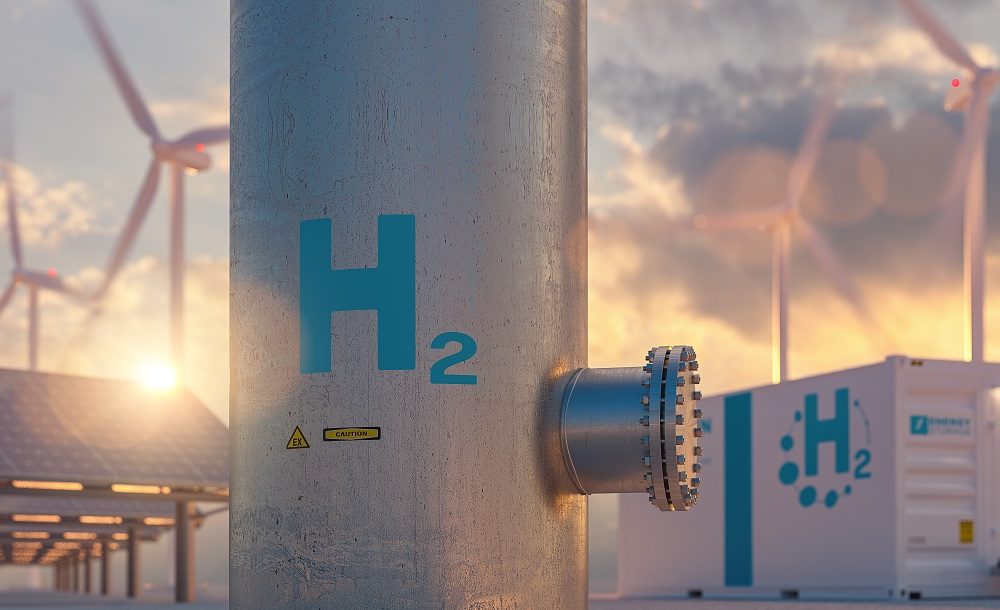Innovative Hydrogen Production from Bioethanol - A Sustainable Breakthrough
Key Ideas
- Scientists from Peking and Cardiff Universities have developed a new hydrogen production method using bioethanol and a platinum-iridium catalyst, eliminating CO₂ emissions.
- The process operates at a lower temperature of 270°C compared to traditional methods, producing hydrogen and high-value acetic acid without releasing carbon dioxide.
- This breakthrough offers a sustainable pathway to hydrogen production, supporting global carbon neutrality goals and offering economic viability through the co-generation of acetic acid.
- The research, published in Science, signifies a significant step in de-fossilising the chemical industry and establishing a circular economy model for biomass conversion.
Teams of scientists from Peking University and Cardiff University have collaborated to develop a groundbreaking method for producing hydrogen without direct CO₂ emissions. The innovative process involves reacting hydrogen-rich bioethanol sourced sustainably from agricultural waste with water at a lower temperature of 270°C using a platinum and iridium catalyst. Unlike traditional methods which release significant CO₂, this new approach not only extracts hydrogen efficiently but also yields high-value acetic acid as a byproduct. The study, published in Science, highlights the potential of shifting chemical reactions to create hydrogen sustainably and economically.
The research aims to address the energy-intensive and carbon-heavy nature of current hydrogen production methods, with approximately 96% of global hydrogen production still reliant on fossil fuels. By utilizing a novel catalytic technology, the team led by Professor Ding Ma envisions advancing the green hydrogen economy and supporting global carbon neutrality objectives. Co-author Professor Graham Hutchings emphasizes the importance of finding sustainable solutions for everyday product manufacturing to align with net-zero ambitions.
The breakthrough not only offers a more environmentally friendly approach to hydrogen production but also presents economic benefits by co-generating acetic acid, a valuable chemical with widespread industrial applications. The collaborative effort between the two universities signifies a key milestone in transitioning towards a more sustainable and circular economy model for chemical production. With the potential to revolutionize industries such as acetate fibre manufacturing and pharmaceutical intermediates, this research paves the way for a low-carbon alternative in various sectors.
Topics
Production
Sustainable Energy
Research Collaboration
Green Economy
Carbon Neutral
Chemical Industry
Bioethanol
Catalytic Technology
Academic Institutions
Latest News
